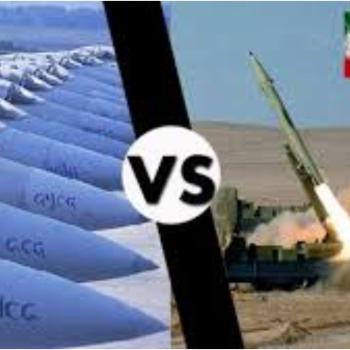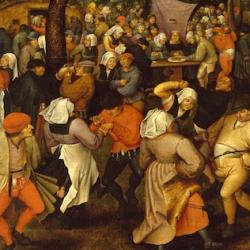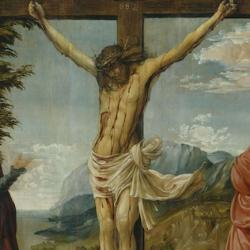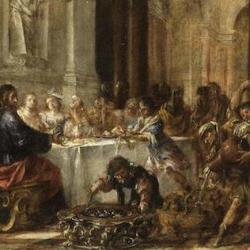Thanks to Chris Morris for provoking these thoughts, or actually sharing them with me:
1) John 4:1-42 appears to be chiastically structured:
A. Jesus baptizing, moving into Galilee, 4:1-4
B. Jesus and the woman discuss water, 4:5-15
C. Jesus and the woman discuss marriage, 4:16-18
D. The woman declares Jesus a prophet, 4:19
E. Jesus and the woman discuss worship, 4:20-24
D’. Jesus declares himself Messiah, 4:25-26
C’. The woman reports that Jesus knows her life story, 4:27-30
B’. Jesus and the disciples discuss food, 4:31-38
A’. Jesus stays in Samaria and then moves on to Galilee, 4:39-42
One implication of this structure is that the issue of worship is central. It also highlights the fact that the whole passage begins with baptism, and within the passage Jesus talks about water and food.
2) Some commentators claim that John 6 cannot be talking about the Lord’s Supper because the verbs (in vv. 52-59) are aorist. This is very implausible to me. John recorded a discourse of Jesus in which he speaks of eating flesh, drinking blood – both resonant with Eucharistic associations, and he wrote this discourse to churches that commemorated Jesus with a meal of Jesus’ flesh and blood. And yet, we know that John didn’t intend to talk about the Eucharist because of the verb tense! If John didn’t intend his readers to think of the Eucharist, he’s chosen a singularly odd way to do his business. It almost seems like a trick: Everything in the chapter SOUNDS like Eucharist, but John leaves us the subtle clue of the verb tense to let us know it’s not. A wider point about grammatical-historical exegesis: This is an example of grammar trumping the text; the verb tense controls what the passage means, rather than the whole passage controlling what the passage means. This is not the way we normally use language; when we use rich and resonant imagery, we expect our readers to notice it, and not to focus on verb tenses and not to let the verb tenses control (or cancel out) the imagery. (This is not to say that the verb tenses of Scripture are irrelevant or unimportant. They are, as is every jot and tittle. But there is not reason to make the verb tenses controlling.)
3) In John 7:7, Jesus says that he testifies against the world “that its deeds are evil.” In John, “world” frequently means “rebellious Judaism” (cf. John 15-16), and that is certainly the best understanding here. After all, against whom does Jesus testify? The Gentiles? That interpretation of “world” helps to illumine the word that is translated as “evil” here, which is PORNEIA, harlotry. Jesus comes as a prophet, with the message of a prophet: The bride has become a harlot.
4) The sequence from John 8-9 is interesting. Jesus charges that the Jews are of their father the devil, who is a liar and a murderer. There is a clear allusion to the fall and the sin of Cain. Then Jesus heals a blind man, “opening his eyes.” This is a reverse fall, a new creation (cf. 9:6): Satan tempted Adam, he ate, and his eyes were opened (in a bad sense); Jesus takes a blind man and opens his eyes (in a good sense). 9:14 strengthens the association: Jesus opens the eyes of the blind man on the Sabbath day, the very day when Adam’s eyes were opened by following Satan’s lead.















